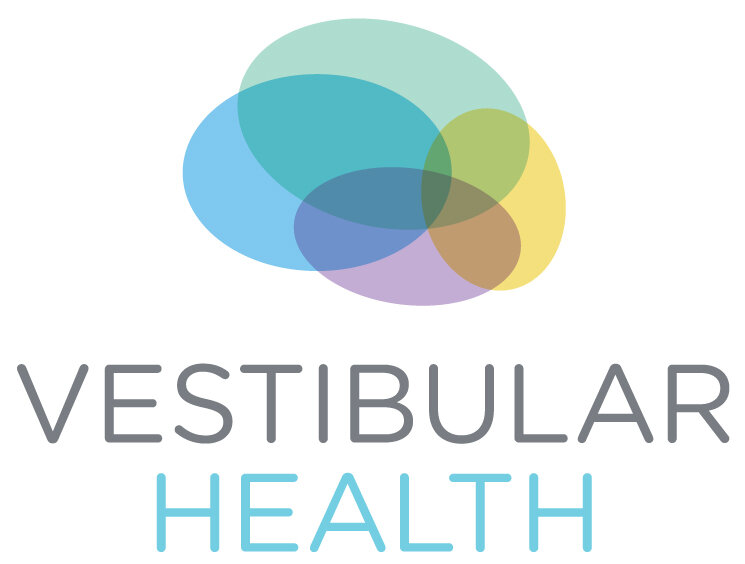Vertigo, vestibular loss, and visual motion sensitivity after concussion
Dizziness is one of the most common symptoms after mild traumatic brain injury. Vestibular physiotherapy has a role in treating persistent dizziness, vertigo, and imbalance after concussion. Shaleen Sulway is a featured speaker for the Canadian Concussion Centre Webinar Series.
Watch Shaleen’s talk here:
Key concepts from this presentation
Dizziness is the second most common symptom after head injury (headache is the most common). Dizziness at the time of the injury is associated with an increased risk for prolonged symptoms. Head injury can cause dysfunction in the inner ear balance organs or the nerve that sends signals from the ear to the brain. It can also disrupt the function of the brain pathways involved in balance. When vestibular information is inaccurate, asymmetric, or is processed inaccurately, the output is inaccurate which leads to symptoms of dizziness, vertigo, imbalance, and visual symptoms.
Benign Paroxysmal Positional Vertigo (BPPV) can occur after head injury, and can be effectively identified and treated with vestibular rehabilitation. Particle repositioning maneuvers are very effective, but post-traumatic BPPV is more likely to require multiple treatments, is more likely to occur in both ears, and is more likely to recur.
Vestibular hypofunction refers to a loss of balance activity in one or both ears. This can be a result of temporal bone (skull) fracture, injury to the inner ear balance organs, or injury of the vestibular nerve. Physiotherapy treatment is targeted to allowing the brain to compensate for loss of vestibular signals by developing an exercise based program to promote neuroplastic change.
Visual motion sensitivity is a common symptom after head injury, and can also occur after other vestibular disorders. This is also sometimes referred to as visual vertigo, space motion discomfort, intolerance to motion relative to self, or optic flow sensitivity. Disruption of vestibular function due to brain injury or an inner ear disorder can cause your brain to rely more on visual inputs to remain balanced. This overuse of vision can cause you to experience symptoms in complex visual environments like being in a busy store, scrolling on a screen, or looking at visually busy patterns. Vestibular physiotherapy can help you to learn strategies to de-escalate symptoms and build your tolerance. Balance training focused on sensory reweighting can up-train your ability to use proprioceptive and vestibular inputs, and down-regulate how much you rely on visual inputs, which can help you return to normal activities with less interference from symptoms.
If you have persistent symptoms of dizziness, vertigo, visual motion sensitivity, or balance problems after concussion, consider an assessment with a physiotherapist with advanced training in vestibular rehabilitation.
Wondering if vestibular rehab could help your symptoms? Call us to speak to one of our physiotherapists!
“Shaleen has been an immense help to my vestibular health. Before seeing her, I felt helpless in navigating my movement and balance issues post-concussion. Her approach changed my mindset completely, and her treatment approach provided tangible results. I feel more like myself again.”
Patient with post-concussion vertigo and imbalance
More information about the Canadian Concussion Centre Webinar series

